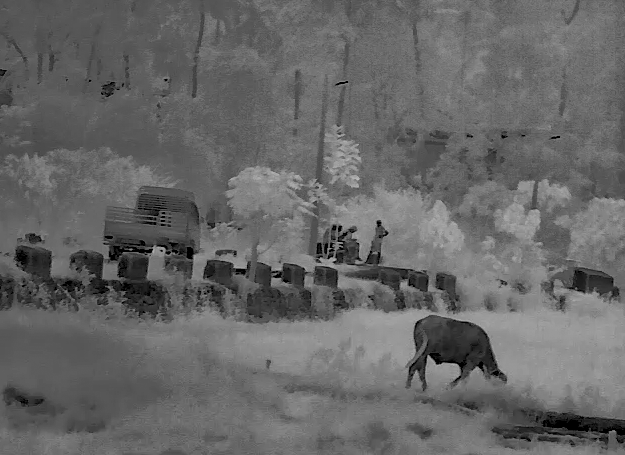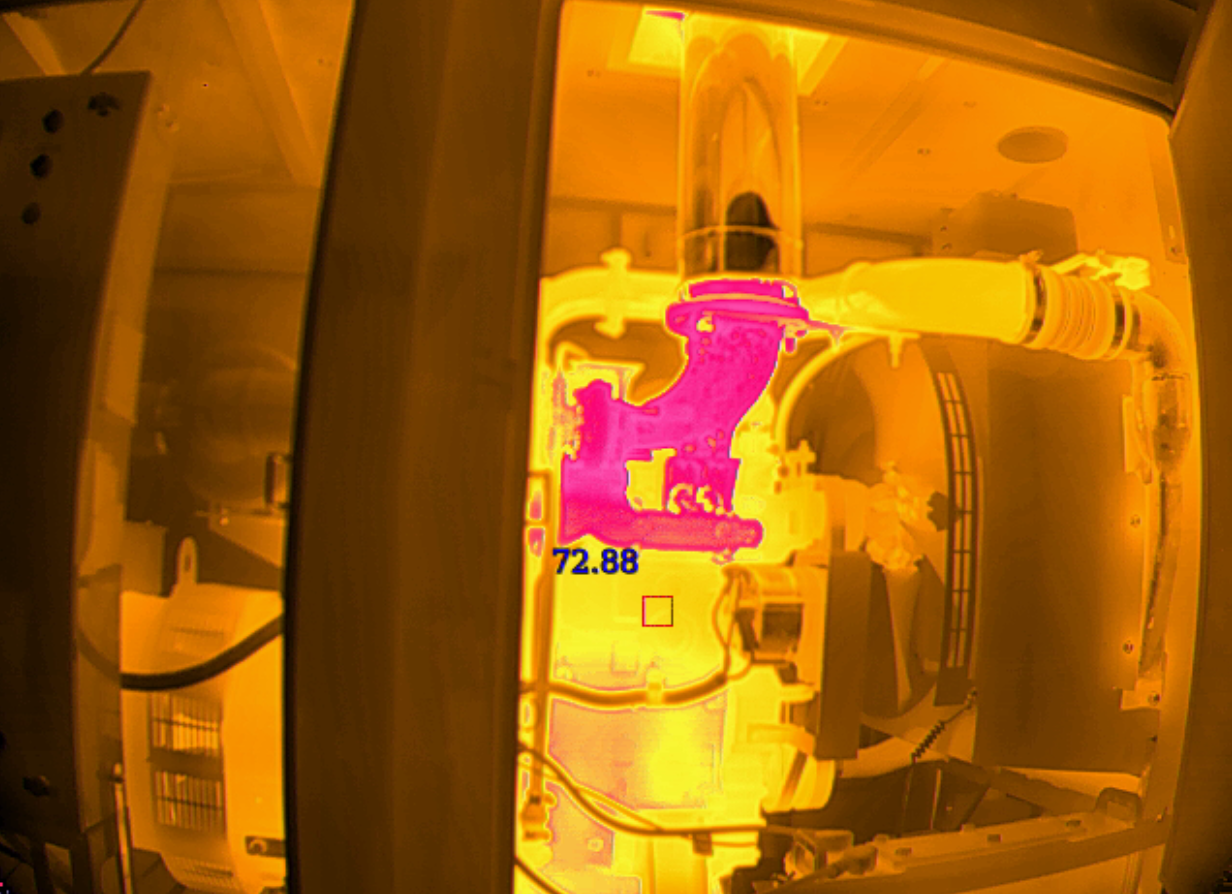THERMAL IMAGING
AND DCT'S
ICONIC BRAND NAME "TRIMER"
Trimer™ is a trademark of Digital Core Technologies Pvt Ltd.







THERMAL SPECTRUM
The human eye is sensitive to the EM waves of wavelength 0.35μM to 0.75 μM (i.e. the so called "visible spectrum" : "VIBGYOR" - Violet to Red). Any object having a temperature above absolute zero (-273°C) radiates EM waves of wavelength in the range of 3 to 15 μM (called Thermal InfraRed) and this spectrum is used for "Thermal Imaging" by using matching thermal detectors.
APPLICATIONS
As thermal IR penetrates better than visible range waves in fog and smog, it can be used for 24/7 visibility including pitch dark night, fog & smog etc. This makes it an inevitable accessory for critical security, surveillance, and defense domains. It is also used for driving assistance in such adverse and critical environments.
As it can convert thermal signature of scenes into visible images, it is widely used for industrial inspection & machine vision to facilitate early detection of defects and abnormalities in process plants, electrical machines, power distribution systems etc. Thermal signature of humans, animals and even plants change based on various factors including health conditions and circulation defects. So, thermal imaging is also used for medical and agricultural health monitoring and can help in early and safe diagnosis.
DCT AND IT'S ICONIC BRAND NAME 'TRIMER™'
There is only one category animal (reptile) known to have natural "thermal vision" capability. That is the pit viper. The "pit" below it's (visible spectrum) eye is actually an additional set of eyes sensitive to the thermal IR spectrum (probably LWIR).
"Trimeresurus Malabaricus" (commonly known as Malabar pit viper) is a venomous pit viper species endemic to the western ghats of southwestern India (Malabar cost). Using their thermal eye, they can "see" with no light and known to have enough sensitivity to be able to distinguish even the blood vessels of animals. The brand name "Trimer™" for DCT's thermal imaging Core is derived from the name of this species.

